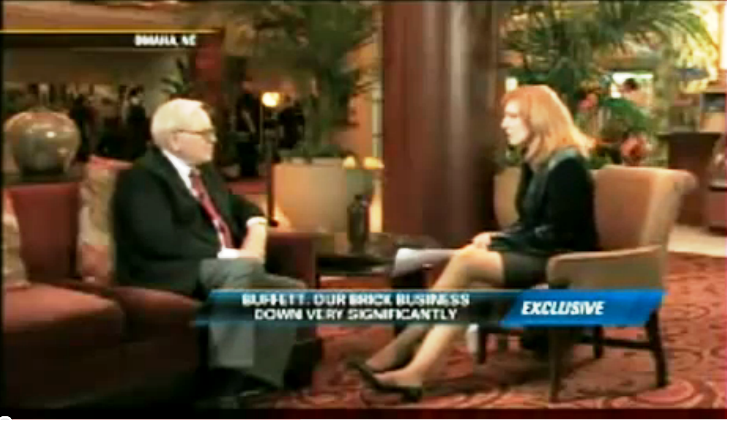
DEVELOPING SALES in a new market, in a new job, in a new career path, or with a new business can be a daunting task. Too often, the process seems to be one requiring more effort and luck than you believe possible. Exceptional sales people seem to glide through this initial phase achieving successful results in record time. The average sales person, however, struggles with attaining these types of results in a reasonable timeframe. The good news is that there exists a key to unlock this problem.
The key is to put this sales development process into perspective by considering the “law of large numbers” theory. This means that for any sales program to succeed, you need to contact or reach enough people or businesses in order to achieve enough responses of interest, in order to schedule enough follow up meetings, in order to complete enough sales, in order to achieve the results needed. The model looks like an upside-down triangle and can be simplified by stating that, hypothetically, it takes five hundred contacts to yield twenty responses that will result in two to three completed sales. Depending on the experience and skill of the sales person or the customers’ appeal of a business, the actual numbers in the sequence may vary considerably.
Where this becomes more complex is when you reconcile that the exceptional sales person will achieve results with fewer contacts, a higher ratio of responses, and convert more meetings into actual sales. The average sales person may need to overload the effort in any or all of the steps to achieve the same sales results. Like most other endeavors, however, practice makes perfect.
Someone who has not spent much time in the current business or as a sales person may need to reach twice as many contacts to yield twenty responses. In addition, that sales person may need to develop twice as many responses to achieve the two to three completed sales. Think of loading the envelope as the reference to the amount of contacts you need to make before the envelope bursts and begins yielding sales results. For some, the envelope needs very few and others, it seems to stretch forever before it finally bursts yielding results. It is simply a matter of how many times the process needs to be repeated before the sales skills (or market penetration) reach a level that yield results.
The “law of large numbers” is simply a reference to the fact that achieving a targeted sales result requires that enough effort be spent at each step that leads up to a sale to achieve the outcome desired. From experience, sales people learn the ratio of how many it takes to achieve the results of each successive layer of the process that will reach the sales target. For example, assuming your sales target is two to three units of whatever you’re selling, it may take five thousand mail pieces to develop two hundred responses to yield twenty sales meetings that yield the two to three sales targets. In other cases, it may be a hundred thousand email blasts to develop fifteen thousand that open the message and three hundred that respond favorably. The point is to become familiar with the ratio of the number that impacts in each step of the process as it relates to your personal sales skill level and/or the competitive appeal of your business, so you can plan an effective sales program using the “law of large numbers” to establish predictable sales results on a consistent basis. A good rule to walk away with is that, all other variables being equal, the more people you reach, the more products you will sell.






















